Signs It’s Time to Replace Your Drapery (And What to Do Next)
TLDR;
You should replace your
drapery when it shows signs like fading, damage, musty odors, poor insulation, or no longer matches your space’s style or function. Simply Windows recommends upgrading when repairs become costly, the fabric no longer performs, or when health and energy efficiency are at stake.
Why Drapery Is More Than Just Décor
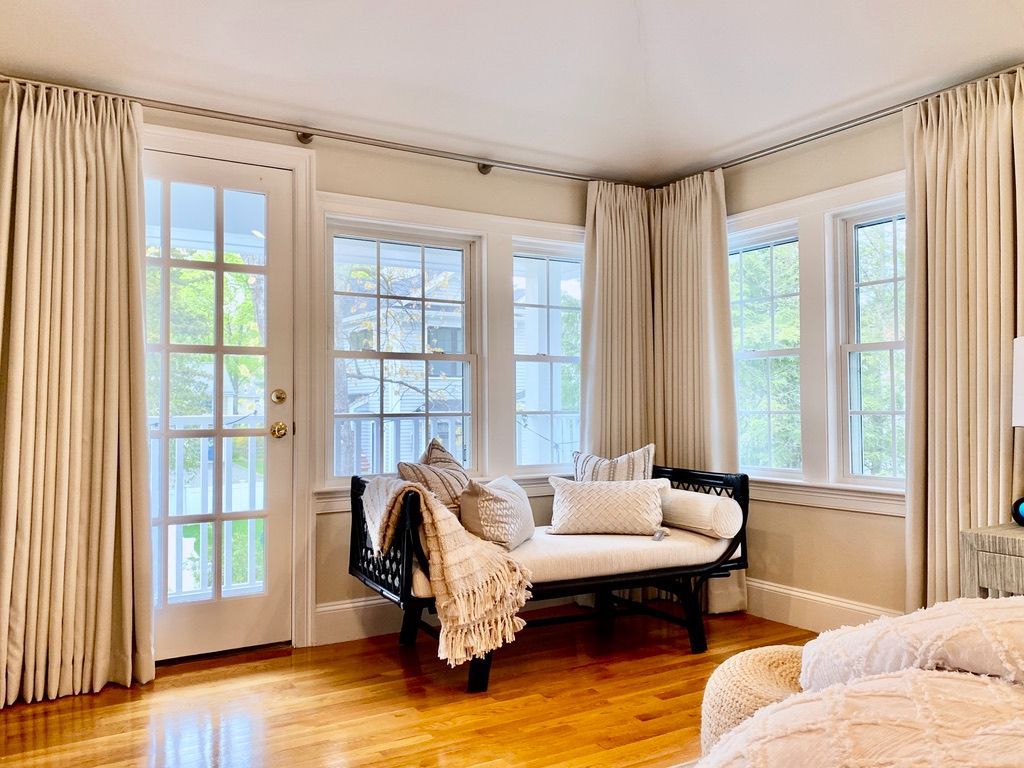
Drapery isn’t just decorative—it’s a major player in how your space looks, feels, and performs.
Well-chosen, well-maintained window treatments like drapes support:
- Interior comfort by controlling light and temperature
- Room insulation to help regulate energy bills
- Privacy for personal or professional settings
- Style that enhances the design and mood of your home
- Light control for rooms like bedrooms, offices, or nurseries
In short, drapery combines
aesthetic value with practical function. That's why worn-out or outdated curtains can subtly (or dramatically) impact your everyday comfort and even your energy usage.
8 Warning Signs You Should Replace Your Drapery
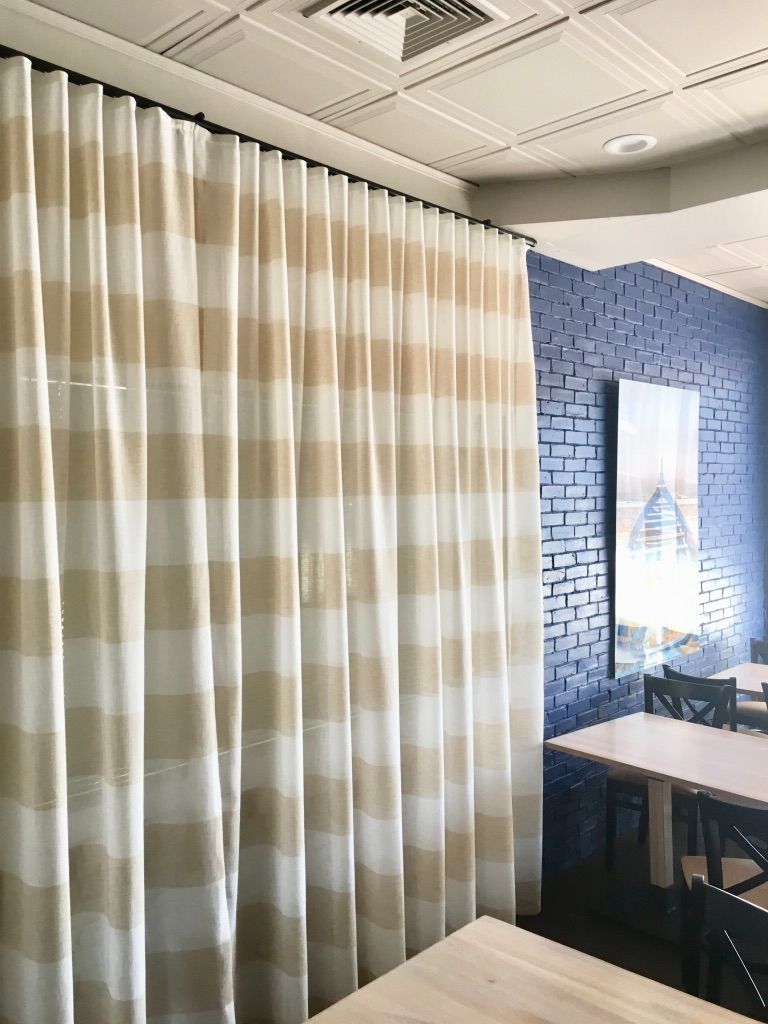
1. They’re Hard to Open or Close
If your curtains resist movement or feel stuck every time you tug on them, it's likely time to update.
- Track gliders may be worn down
- Pulley systems could be jammed
- Friction from old fabric increases resistance
When drapery hardware becomes more of a hassle than help, frustration replaces function.
2. You Notice Fading, Stains, or Musty Smells
You can’t "un-smell" a curtain that holds onto years of odors.
- Sun-faded panels become dull and lifeless
- Persistent stains don’t come out—even with professional cleaning
- Musty smells suggest mold or mildew build-up, especially in humid rooms
This isn’t just cosmetic—it’s also a sign of poor air quality and reduced fabric integrity.
3. There Are Tears, Frays, or Fabric Damage
No amount of rearranging can hide shredded edges or worn-out panels.
Common wear indicators include:
- Holes or small tears from use or pet damage
- Fraying at the edges or unraveling hems
- Weakened seams from years of hanging weight
Fabric fatigue sets in—especially in high-use areas or with delicate materials.
4. Your Drapes Are Letting in Too Much Cold or Heat
If your living room feels like a freezer in winter or a sauna in summer, your curtains could be to blame.
Signs of poor insulation:
- No thermal lining to block heat loss
- Thin fabric that doesn’t regulate temperature
- Old blackout layers that have thinned out
Upgrading to energy-efficient drapery with lining or thermal properties can noticeably cut heating and cooling costs.
5. The Design Looks Outdated or Off-Trend
Drapery trends evolve just like furniture, paint colors, or flooring styles.
If your curtains:
- Feature patterns from the early 2000s
- Use colors that no longer match your aesthetic
- Make the room feel darker or smaller
... it’s time for a refresh. A visual update can transform a space instantly.
6. Mold or Mildew Appears
This one’s urgent—not just for your drapes, but your health.
- Look for
black or green spots at the hems or folds
- Check for
musty smells
- Mold spores can worsen
allergies, asthma, and respiratory issues
Especially common in bathrooms, basements, or kitchens, mold means replace your drapery immediately.
7. You’ve Repurposed the Room
When your space changes, your curtains should too.
- A
nursery needs soft light filtering and quiet blackout options
- A
home office may need glare control for screens
- A
guest room might now be a media space requiring thermal lining
Changing the room’s purpose? Update the drapery to match new privacy, lighting, and mood needs.
8. It Costs More to Repair Than Replace
Sometimes you're just throwing good money after bad.
- Curtain rod snapped?
- Stitching coming undone on multiple panels?
- Repeated cleaning costs stacking up?
If replacement is more
cost-effective and long-lasting, it's time to let go.
Simply Windows can help you choose a
better-value solution.
Drapery Lifespan: How Long Should Curtains Last?
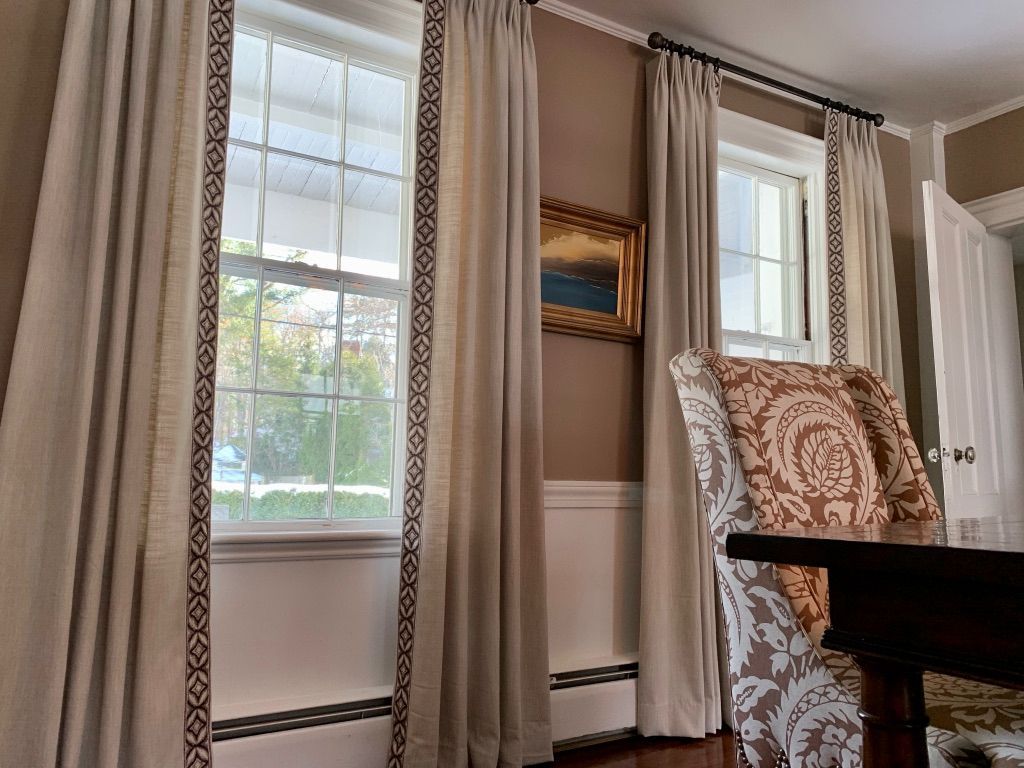
Curtain life expectancy depends on fabric, location, and how well they’re maintained.
Average lifespan by material:
- Polyester: 5–8 years (high durability)
- Cotton or linen: 4–6 years (prone to fading)
- Silk or delicate blends: 3–5 years (needs low sunlight)
- Blackout or thermal-lined curtains: 6–10 years (with proper care)
Other factors include:
- Direct sun exposure (UV damage)
- Humidity levels (mold/mildew risk)
- Kids, pets, and high-touch usage
Regular cleaning and rotating panels can extend curtain life, but all drapes reach a point where performance and appearance decline.
What to Do Next: The Replacement Roadmap
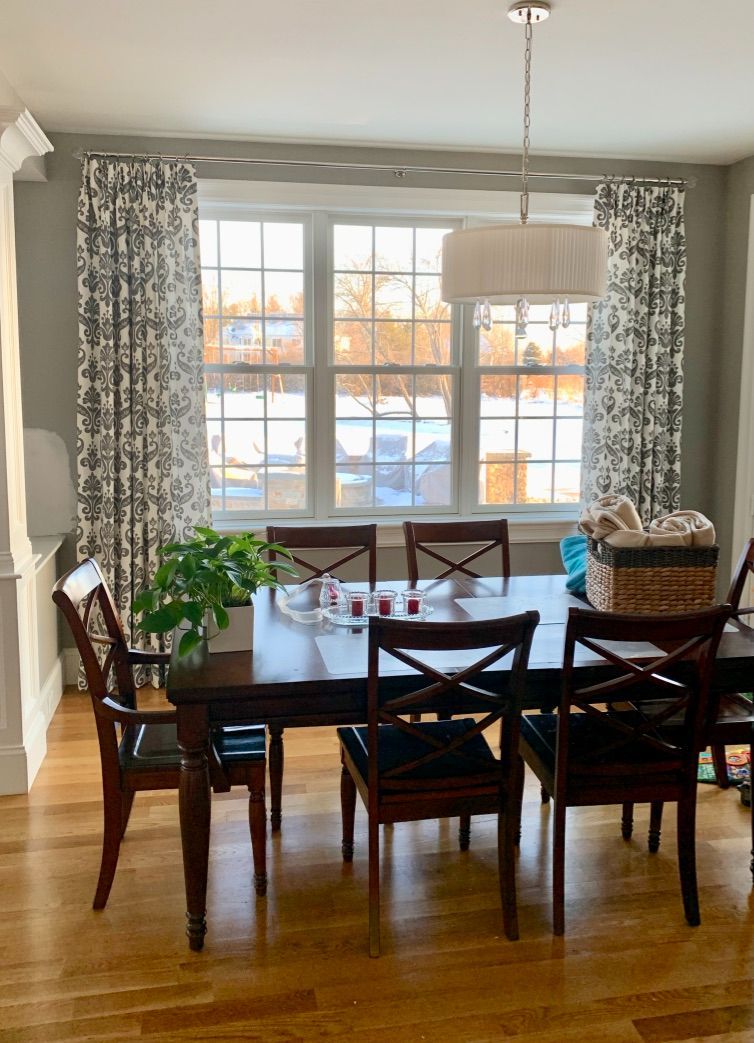
Step 1 – Assess Your Needs
Start with clear objectives:
- Do you want privacy, insulation, or purely design?
- Measure your windows accurately—width, height, and mounting points
- Match curtain type to room function (e.g., blackout in bedrooms, sheers in living spaces)
Think ahead—choose treatments that will serve you well over time.
Step 2 – Select New Drapery Styles
Today’s styles go beyond traditional pleats. Whether you're updating for function, fashion, or both, exploring different drapery styles can open up a world of possibilities for your space. If you’re creating a home theater or entertainment area, consider options that also rank among the best drapery for media rooms to enhance both performance and aesthetics.
Popular drapery ideas from Simply Windows include:
- Ripple fold: Clean, modern, and track-friendly
- Pinch pleat: Timeless and structured
- Double-panel blackout: Elegant and functional
- Sheer overlays: Layering for light control and softness
Consider both form and function—energy efficiency, color harmony, and ease of use all matter.
Step 3 – Upgrade Your Hardware
Curtain rods and hardware play a critical support and aesthetic role.
Options to explore:
- Motorized tracks for automation and accessibility
- Cordless rods for child safety
- Heavy-duty rods for thicker or blackout curtains
- Designer rods to complement your room’s metal or wood finishes
Replacing old, sagging hardware enhances the entire window presentation.
Step 4 – Consider Eco-Friendly Disposal
Don’t toss your old drapes in the trash—consider these sustainable options:
- Donate to local shelters or reuse centers
- Recycle fabric with textile recycling programs
- Upcycle into drop cloths, pillow covers, or décor projects
- Ask Simply Windows for take-back or donation assistance
Small actions like this make a big impact on your home's environmental footprint.
Step 5 – Install or Hire a Pro
Installation matters. Uneven rods or poorly hung curtains distract from even the most beautiful fabric.
Tips:
- DIY only if you're confident with leveling and mounting tools
- Use
stud finders and brackets designed for your window’s width
- Consider hiring a
professional installer—especially for large or high windows
At Simply Windows, we can connect you with trusted professionals or guide you through our
step-by-step installation.
Drapery Replacement vs Maintenance: What Makes More Sense?
Sometimes, a deep clean or simple repair can buy you more time—but not always.
When to maintain:
- Minor stains
- Loose seams
- Hardware upgrades
When to replace:
- Fabric deterioration
- Health risks (mold, allergens)
- Design overhaul
- Energy inefficiency
Ultimately, weigh
cost, time, and long-term value. If maintenance can’t restore performance or aesthetics, replacement is smarter.
Quick Decision Matrix: Replace or Repair?
| Issue | Minor | Moderate | Severe | Action |
|---|---|---|---|---|
| Fraying edges | Yes | Yes | No | Repair |
| Fabric mold | No | No | Yes | Replace |
| Track hardware broken | Yes | Yes | Yes | Replace |
| Curtains smell musty | Yes | Yes | Yes | Replace |
| Sun fading | Yes | Yes | Yes | Replace |
| Style feels outdated | _ | _ | _ | Replace |
| Insulation no longer works | _ | _ | _ | Replace |
Keep this
curtain replacement guide bookmarked for your next refresh.
Your Home Deserves a Fresh Look with Simply Windows
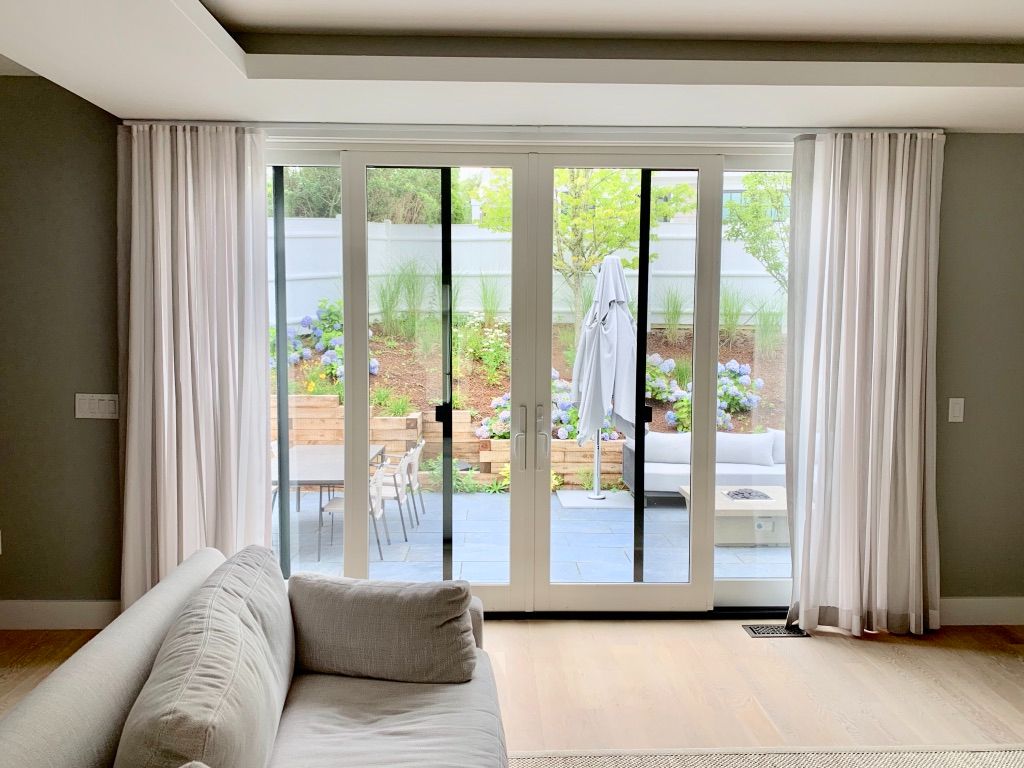
Whether it’s to improve your room’s energy efficiency, update its look, or address air quality concerns—there comes a point when it’s clear:
you need to replace your drapery.
At Simply Windows, we help homeowners and businesses:
- Assess curtain performance
- Select modern, functional drapery styles
- Match hardware to aesthetics
- Maximize value and longevity
If your drapes are holding you back, we’re here to move you forward.
Explore our collection, book a consultation, or ask us your questions today.

